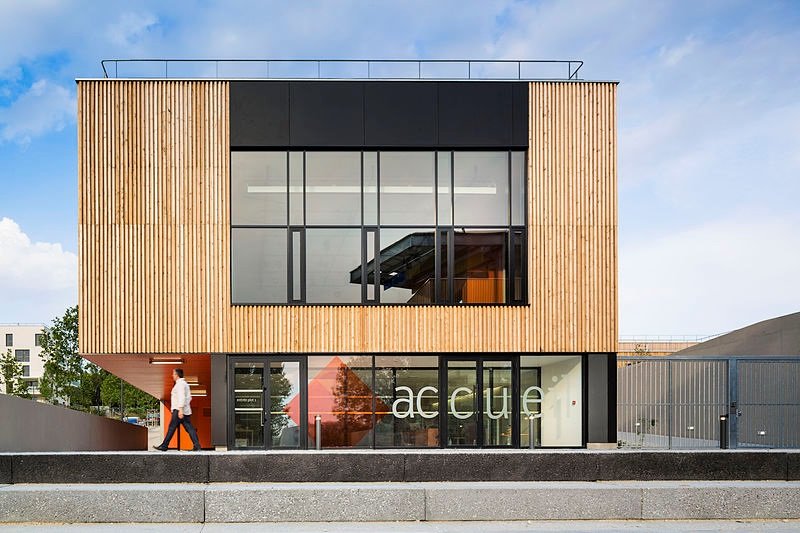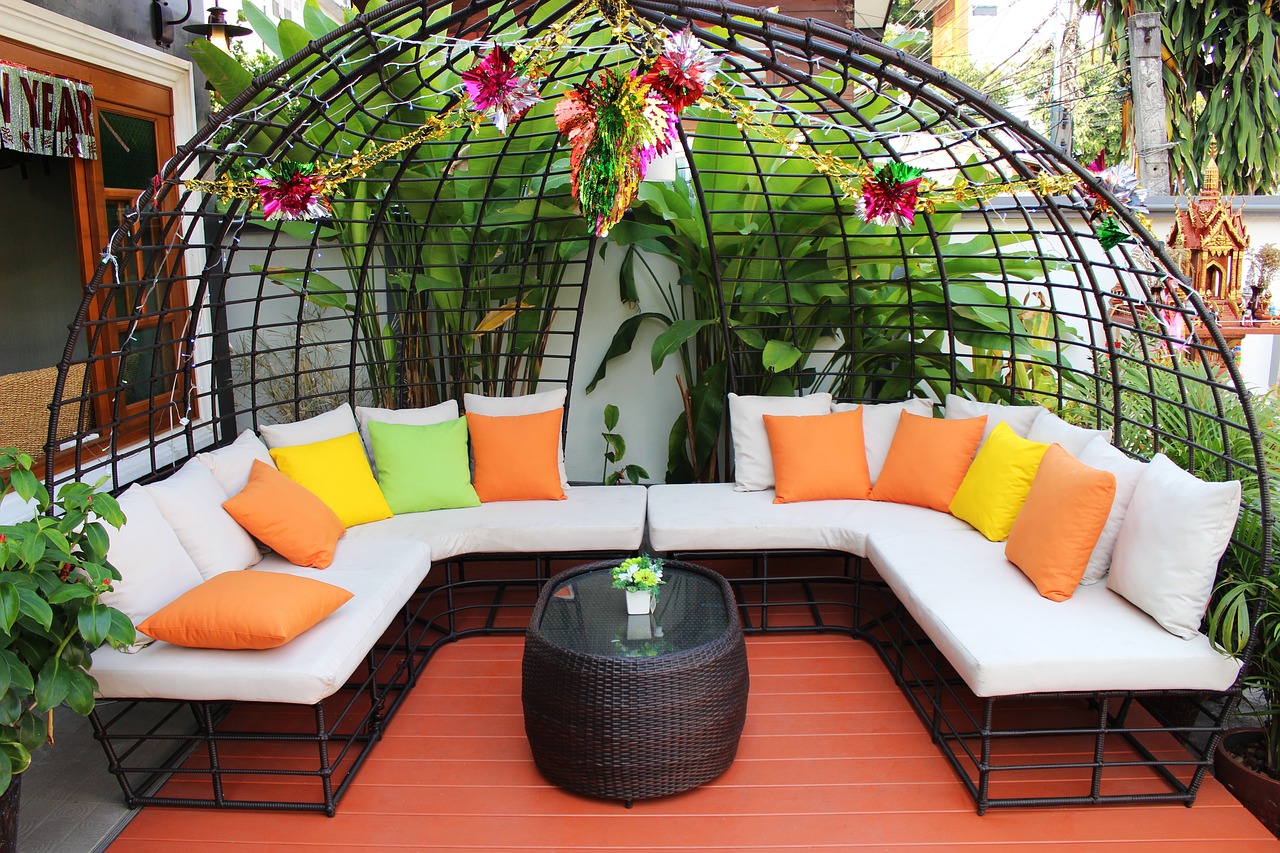Table of Contents Show
Spotted Gum Cladding: How Do You Finish Spotted Gum Timber? Giving a building style and character is something that many architects strive for in their construction.

Architects provide purpose, excitement, and creativity to building design in the face of dull structures in cities and towns. Spotted gum is a premium native hardwood with a stunning look and high strength and durability.
The inherent elegance of the wood, together with its favorable environmental credentials and low cost, makes it a dependable option for delivering the desired outcomes.
It is also simpler to get the required planning clearance for materials such as timber cladding than for more obscure materials. Please continue reading to learn what spotted gum cladding is and how you finish its timber.
What is Spotted Gum?
Spotted gum is a popular hardwood timber option for cladding because of its distinctive back-sawn grain structure, warm, medium-brown coloring, and appealing patterns. Designers and architects appreciate spotted gum for its use in cladding because of its popularity.
The grain is often interlaced and displays a few fiddle-back motifs. This particular grain pattern, which is wavy, is particularly unusual.
Because it has a naturally high degree of strength and durability, spotted gum is an excellent choice for exterior cladding material. Because it is also resistant to fire, spotted gum is a good choice for use in places prone to bushfires.
Read Also:
Timber Cladding Inspiration
To get the most out of timber cladding, you should start by gathering concepts and inspiration from existing structures. This might be considered the first stage.
These buildings assist in highlighting and celebrating all that is possible with architectural timber cladding in Sydney. They also contribute to the overall aesthetic of the city.
Various cladding options are available, such as painted larch cladding that wraps the entire building or using an oak cladding facade to create contrast against stone or brick—because there are so many options, looking at what is already available can help get the creative juices flowing.
Timber Cladding Profiles
Cladding made of wood may be offered in a variety of different profiles. The method used to put together the cladding is referred to as its “profile,” and it will affect how the final cladding looks in its entirety.
Because of this, architects can employ timber cladding, such as spotted gum cladding, to create a one-of-a-kind personality for a building that most accurately expresses the overall goal and vision for the structure.
The wood boards may be stitched together in a manner suitable for your building design, and the results can range from rustic overlapping shingles to modern rain-screen cladding.
Those ambitious architects may wish to investigate the possibility of producing contrast inside a structure just by altering the profile at different points.
A minimal adjustment could result in a significant shift. For instance, this may be put to use in the construction of an eye-catching building facade.
Furthermore, the cladding may also be applied horizontally, so this is something to think about in terms of how you want the wood boards to fit together and appear. Cladding can also be used vertically.
Installation And Fixtures
To get the required “wow factor,”, particularly for architects aiming to create a complimentary and contemporary appearance, timber cladding, like the spotted gum cladding that is fastened and fitted to the highest level, will provide the desired effect.
If architects want to get the most out of the timber and have timber boards that will withstand the test of time, they must pay attention to seemingly little details like the use of stainless-steel fastening.
Consideration should also be given to how the cladding fits in with other elements, such as doors and windows. Because of this, corners and unique fittings may be necessary to keep the building’s finish to a high standard throughout.
How Do You Finish Spotted Gum Timber?
Depending on the application, spotted gum may be treated or finished in various ways, including stains, polishes, paints, and oils. It is ideally treated with a decking oil if used as decking.
Particular designers frequently recommend coating or finishing the material before or immediately after installation to minimize moisture absorption or decrease, which may cause swelling, twisting, warping, and splitting.
Coating or oiling before installation provides equal coverage and increases the product’s chances of entering and sealing the grain before it is exposed to the elements, extending service life.
We suggest that the boards’ ends be oiled or coated since the end grain is the most susceptible to moisture absorption and retention, which may lead to the development of germs and, finally, rot.
Conclusion
Spotted gum cladding varies in color from pale brown to dark red-brown. This color diversity and appealing wavy wood grain will complement any exterior-clad construction. Furthermore, spotted gum cladding has several advantages that may improve any home or business structure, both outwardly and inwardly.
Architects may maximize the use of this cladding by concentrating on the building’s function and needs. This may assist in choosing which wood species to use and if the cladding is better suited for indoor or outdoor usage.
This is where specialist expertise in architectural timber cladding in Sydney may assist in making those all-important cladding suggestions depending on your goals.









